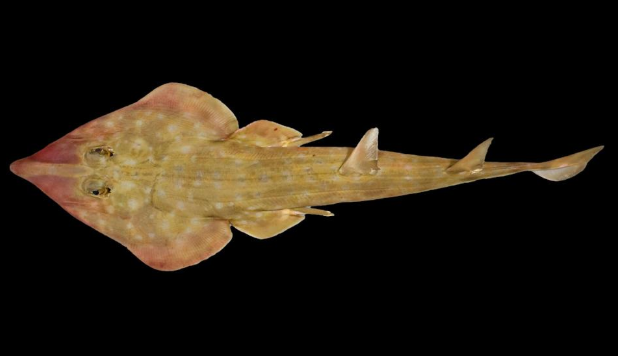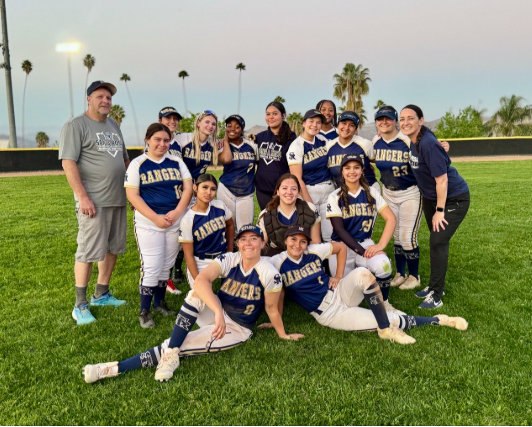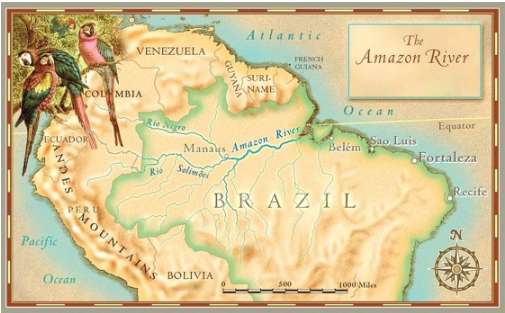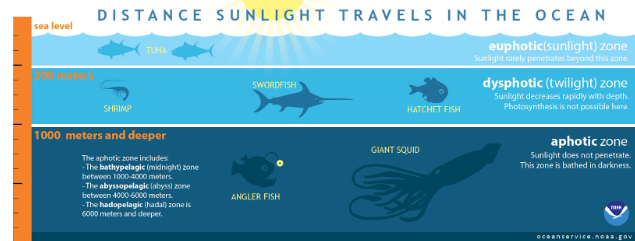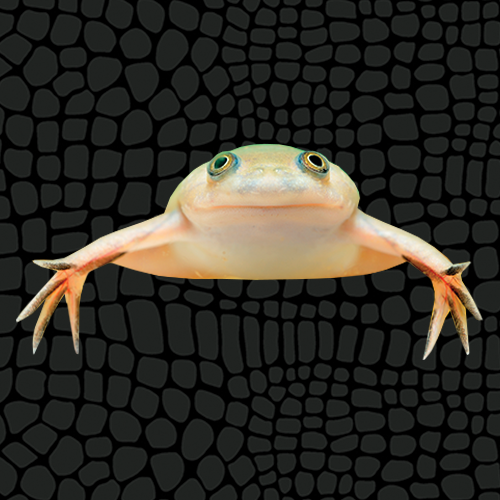
Amphibians owe their name to the Greek prefix “amphibious”— meaning “both lives”, which refers to their capability to inhabit both land and water. There’s no other category of animal that can live in such varied environments. From the red-eyed tree frog of the Amazon rainforest, to the internet-famous axolotls of Mexico, to the prehistoric Diplocaulus; amphibians can be found everywhere.
Being some of the wackiest, most bemusing species on earth, the frog has many astonishing qualities. Having their tongues attached to the front of their mouths, frogs cannot swallow like we normally do. So, they press their eyeballs into their skulls, pushing the food down their throats. A resourceful animal, the frog often eats the skin it sheds once a week.
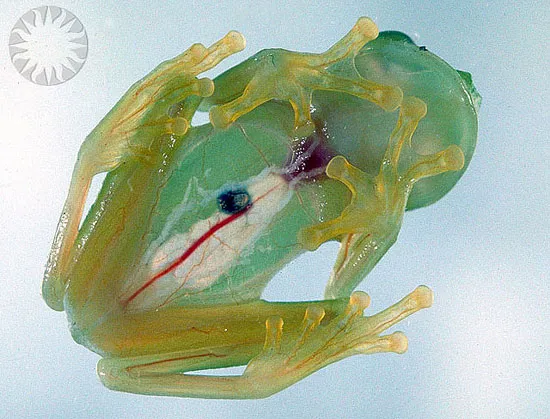
Frogs can persist in various environments. One species of frog, the Bornean flat-headed frog, lives in Indonesia and has no lungs. This slimy critter instead breathes entirely through its skin. Wood frogs, native to Alaska, are subjected to temperatures below freezing during the Winter. During this time, they produce urea and glycogen, which allows them to survive the season while frozen solid. Dissimilarly, the waxy monkey frog has to endure scorching heat. It combats this by secreting a waxy substance, protecting it from the harmful South American rays.
While these amphibians are certainly beautiful, poison dart frogs communicate much more than aesthetics with their bright colors. The strawberry poison-dart frog is often praised for its beauty, as these 22-millimeter frogs appear to be wearing tiny blue jeans– which is meant to intimidate predators. The golden poison dart frog can produce a toxin so potent in a single gram that it could kill 100,000 people. Furthering their frightening nature, the poison-dart frog is exclusively carnivorous and sustains themselves on a diet of unfortunate insects.
Hailing from the Greek word for “fire lizard”, salamanders have many special abilities exclusive to them. They can regenerate limbs, spend their life nocturnally, and have tongues up to 10 times the length of their bodies! One of their 500 species, the axolotl, has been recently subjected to a heap of internet fame due to people spreading awareness for this endangered species. Minecraft, a game that has garnered itself to be the most popular video game of all time, added the axolotl to its roster of mobs in 2021 with its Caves and Cliffs update. This boosted the Mexico-native amphibian to star status. Axolotl-lover Jaylen Foote said on the topic: “I love them! They make no sense; they’re little and they’re pink and they look so cute– their little gills and it makes me so happy…I lay awake every night thinking about the fact they’re going extinct and then I cry a little.” Santa Rosa student Sidney Danger Santolucito also said “I would say, axolotls: SO CUTE. I’ve never seen one before, but they’re so fat and cute! That’s all, really.”
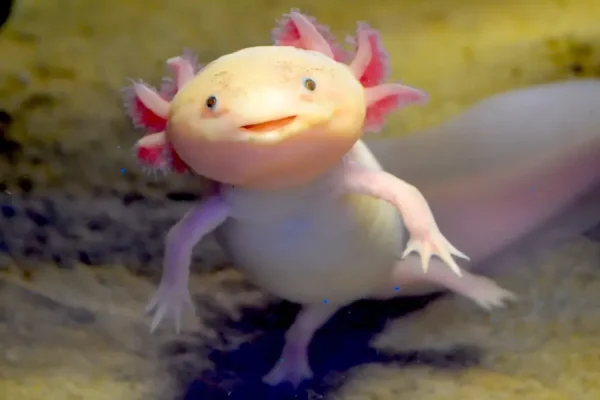
Sadly, there are many amphibious animals who were too late to save from extinction. Last seen in 1979, the Yunnan Lake newt was a chubby salamander lost to Urbanization and local pesticides in the water. Despite efforts from the Union for Conservation of Nature, the golden toad went extinct in the late ‘80s. Among these, dozens upon dozens have been reported to be extinct under speculation. When an animal goes extinct, it can send shockwaves throughout its entire ecosystem; disturbing thousands of more species.
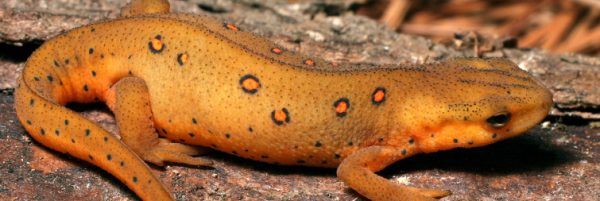
It’s crucial– not just to amphibians, but to the entire ecosystem– that awareness is spread and endangered species are preserved for survival. You can find many sources online, like the Endangered Species Coalition, that can help you fight extinction through simple tasks such as recycling.
General amphibian facts: files.nc.gov access date: 3/24, update: 1/24; 3/22
Frogs: wcs.org access date: 3/24, update: 3/24; smithsonianmag.com access date: 3/24, update: 6/11; blueplanetaquariam.com access date: 3/24, update: 5/21
Salamanders: reptilegardens.com access date: 3/24, update: 1/24; thesciencesurvey.com access date: 3/24, update: 6/23; hypebeast.com access date: 3/24, update: 10/23
Extinct amphibians: wikipedia.org access date: 3/24, update: 3/24; amphibiaweb.org access date: 3/24, update: 1/08; environment.co access date: 3/24, update: 5/21



